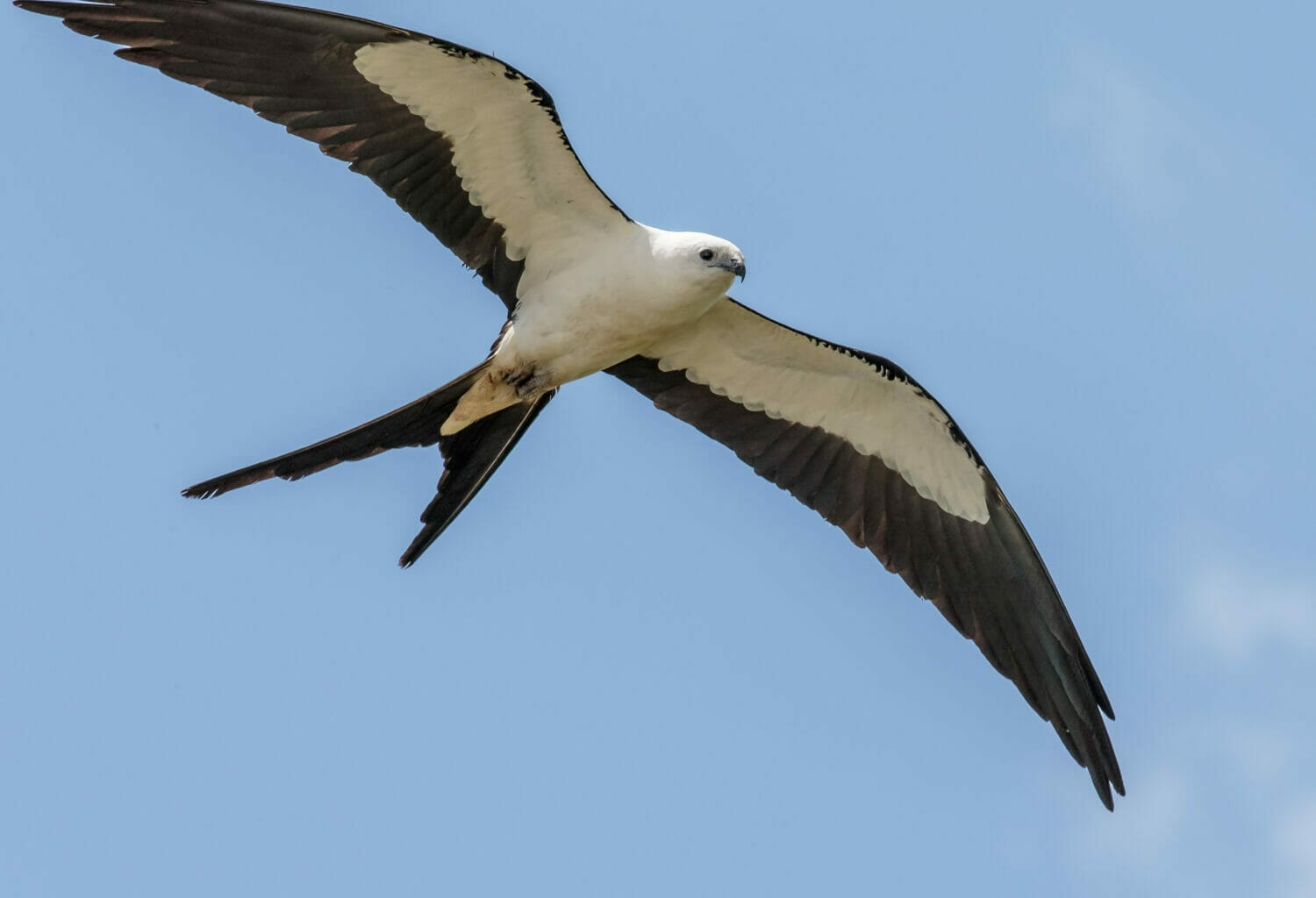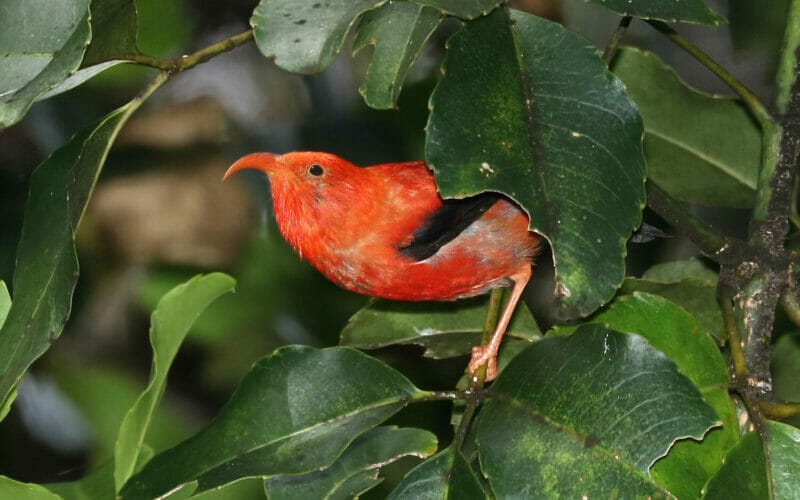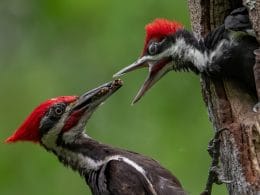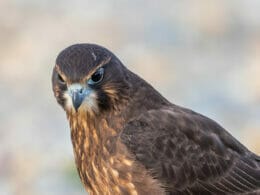In this post we will be trying to choose our Top 10 of white birds in Florida. With an abundance of bird life in Florida, there are an awful lot of white birds – waders, seabirds, shorebirds are all often white or partly white. It might be difficult to narrow down our favorite Top 10.
Florida State
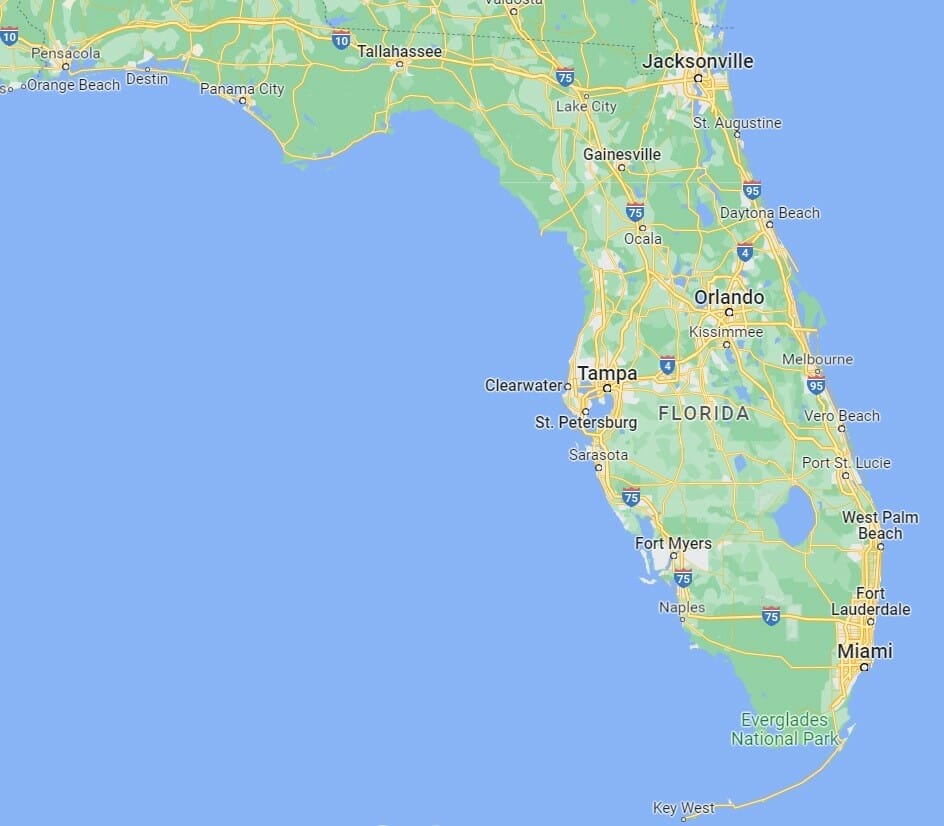
The ecosystem in Florida is unique. With all year round warm temperatures, long and sandy beaches around a huge coastline and many inland lakes, Florida is the perfect home for a huge range of birds. It ranks at number 7 on eBird in terms of species numbers, with 546 reported. These range from seabirds, shorebirds, waders, raptors and bushbirds. You can’t really go wrong bird watching in Florida – it has something for everyone.
Birds of Florida
With the diverse environments found in Florida, it is a mecca for my favorite bird, the heron. There are an incredible 11 species from the heron family to be found in Florida and 5 of them are white or partially white. Accompany them ibis, pelican, storks and geese, and that makes a lot of big, white birds. If we then include waders, seabirds and coastal specialists, then we already have a lot of candidates for our Top 10.
Note: you can also check out our extensive guide covering all types of Birds in Florida right here.
White birds of Florida: Top 10
American White Pelican (Pelecanus erythrorhynchos)
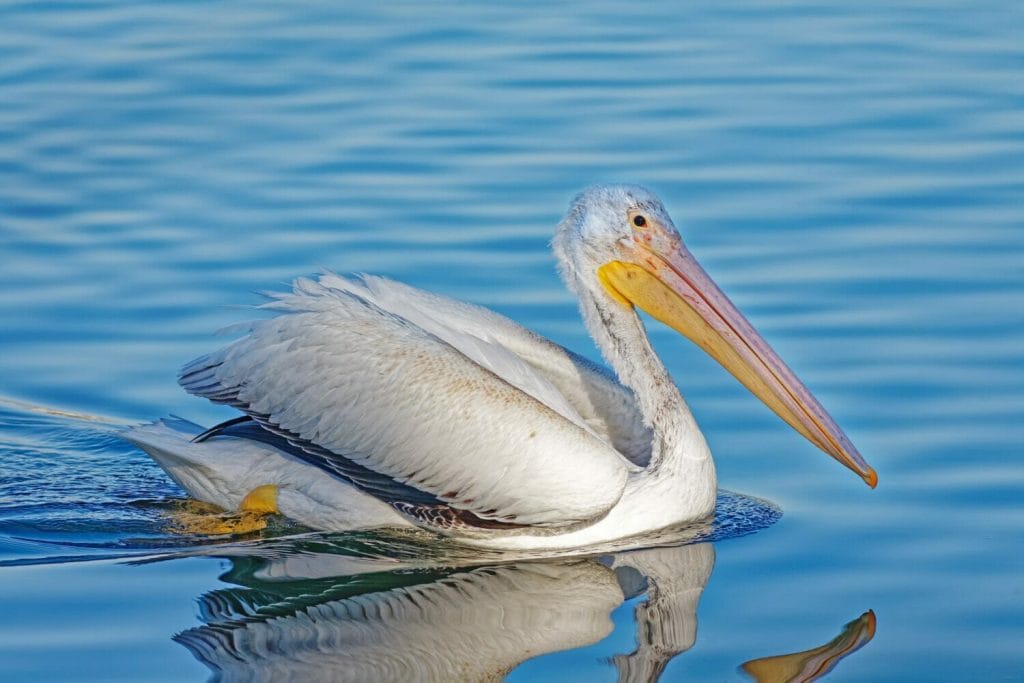
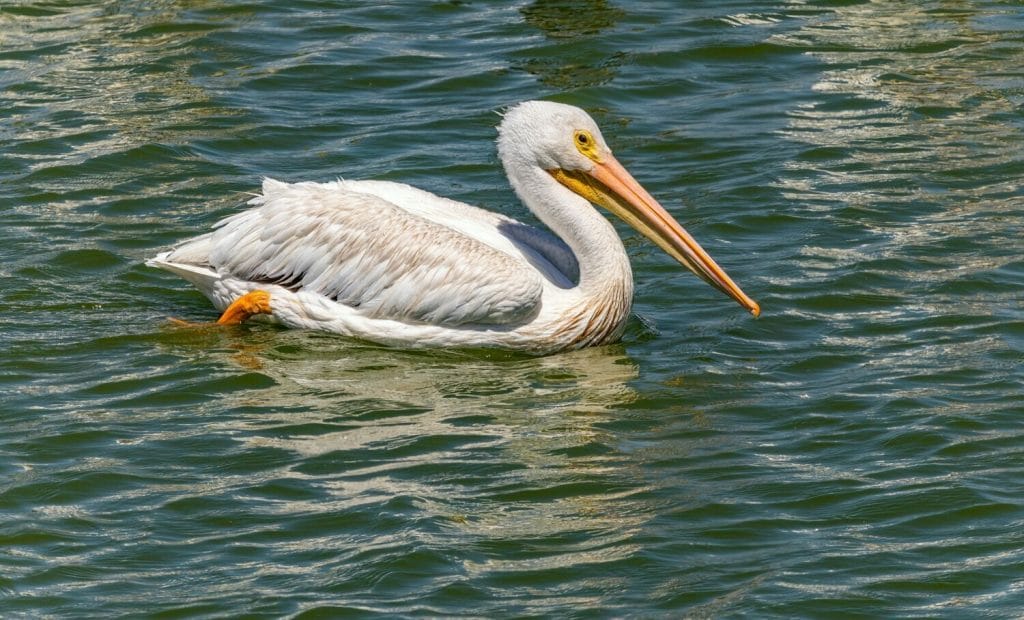
Unmistakeable and easy to identify, the White Pelican is a huge white water bird with a bright orange bill and black wing tips. It has a unique pouch under the bill, which is uses to scoop up fish.
The White Pelican has a length of 50 – 65 inches and the wingspan is a huge 96.1 – 114.2 inches, which is over 2.5 meters. Similar to the weight of a small pumpkin, it weighs 158.7 – 317.5 ounces (average 5 kg).

White Pelicans can be seen all over the Florida peninsula, less common in the north. The variation in frequency as shown below, is accounted for by their migration patterns.

These pelicans eat from shallow and deep waters. They can work co-operatively to move fish to a place where they can catch them easily.
White Pelicans are sneaky. They will try to steal food from other birds, particularly other pelicans and larger cormorants, even taking food disgorged for chicks at a nest.
Snowy Egret (Egretta thula)
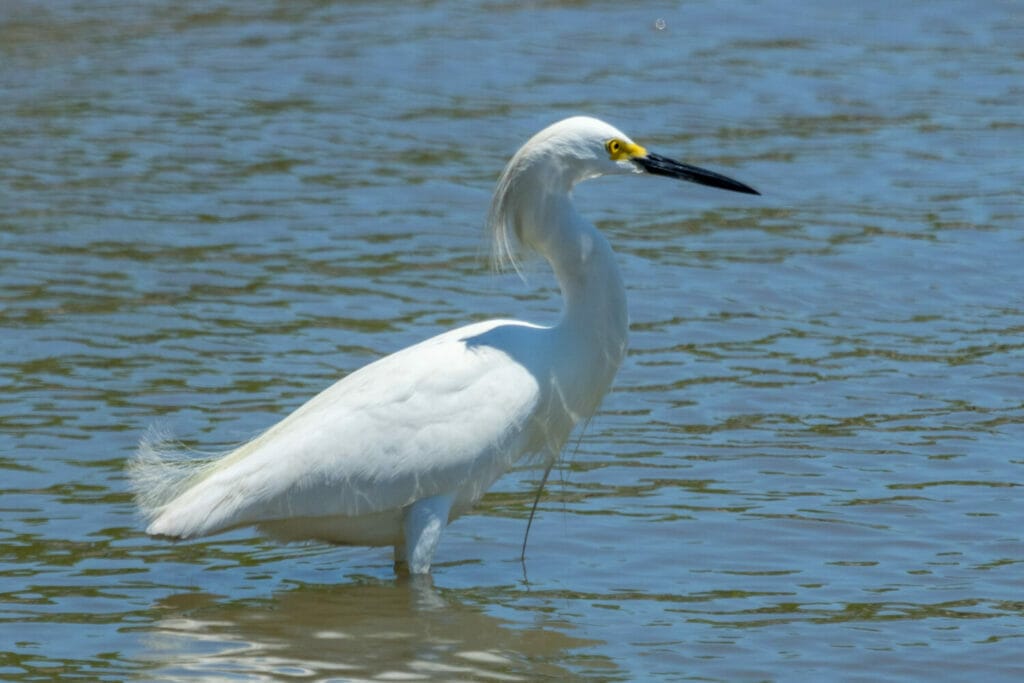
The Snowy Egret is a small and energetic bird and is easily distinguished from other heron species by their active nature while they are hunting. A brilliant white plumage is offset by the black bill and legs, along with yellow feet and facial patch.
The length of the Snowy Egret is 22.1 – 26 inches and wingspan of 39.4 inches. Like other herons, it is incredibly light, only weighing around 13 ounces – the similar to a standard can of soup.
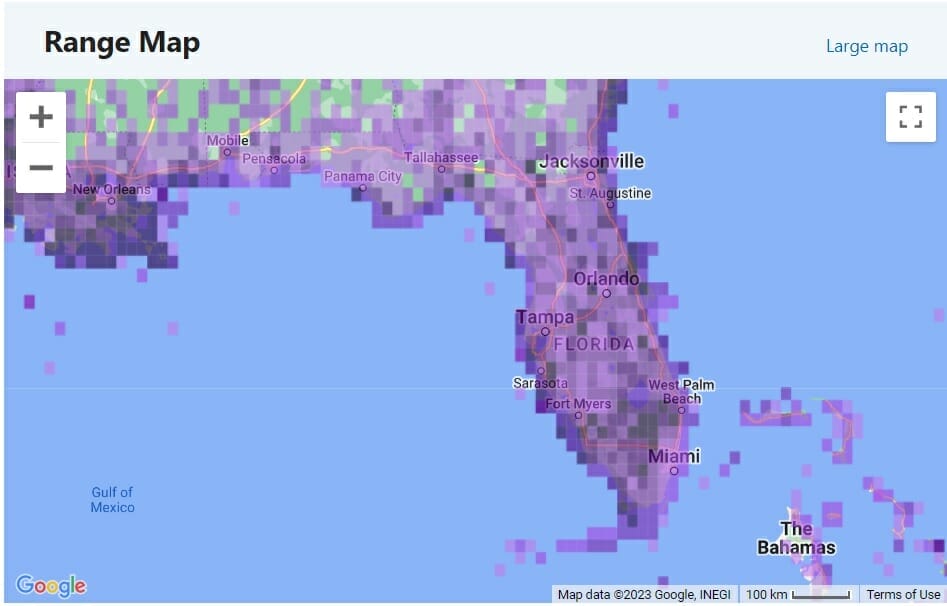
The Snowy Egret is a common resident of Florida and can be seen all year round.

Snowy Egret can be seen hunting in shallow water and on land. It eats predominately fish but supplements that with some crustaceans.
Snowy Egrets have been known to mate with other heron species including Tricolored and Little Blue Herons and Cattle Egrets.
Royal Tern (Thalasseus maximus)
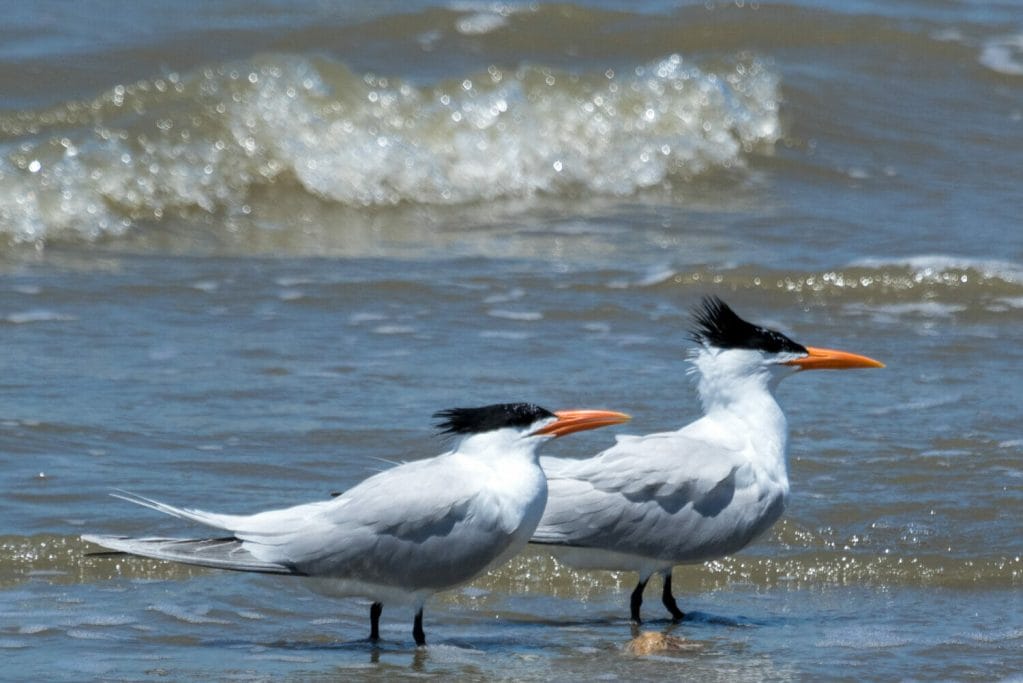
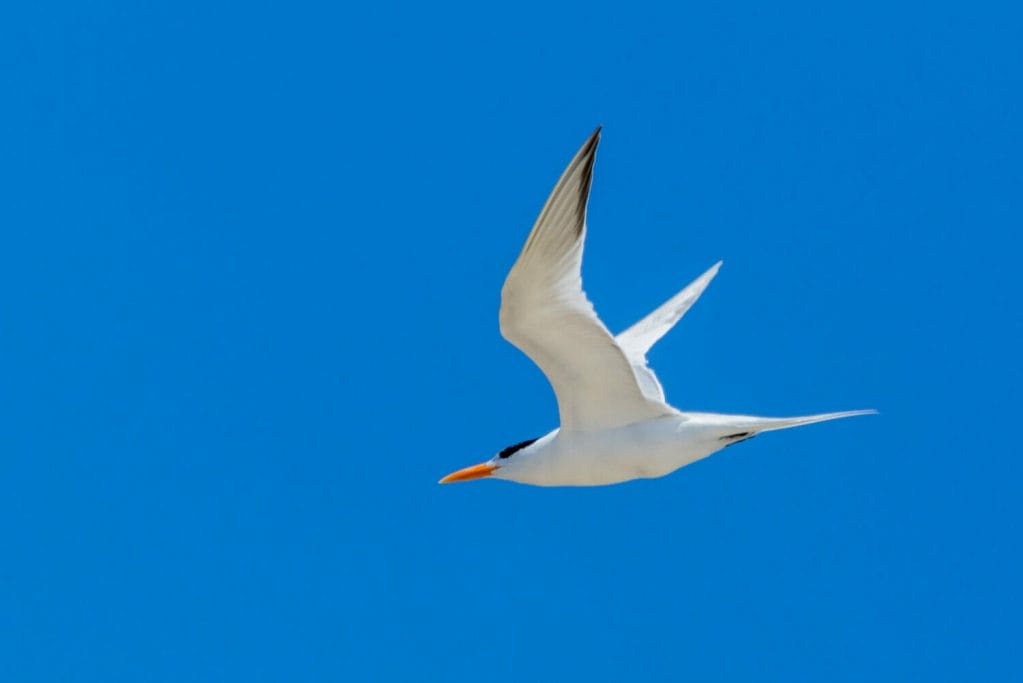
This is a large, white tern with pale grey wings and bright yellow/orange bill. In breeding plumage, the cap is black.
The length of the Royal Tern is 17.7 – 19.7 inches and its wingspan is 39.4 – 43.3 inches. The weight is between 13.8 and 15.2 ounces, which is about 1.5 male human hearts.

The Royal Tern is a resident of Florida and is commonly seen around the coastlines and inland bays, all year round.

The Royal Tern is a generalist, eating what fish is available to it in each location, each year.
Royal terns sometimes perform a ‘dread’ during breeding times at colonies. They will all rise silently into flight together and circle for around 20 minutes. We still don’t know why they do this.
Downy Woodpecker (Dryobates pubescens)
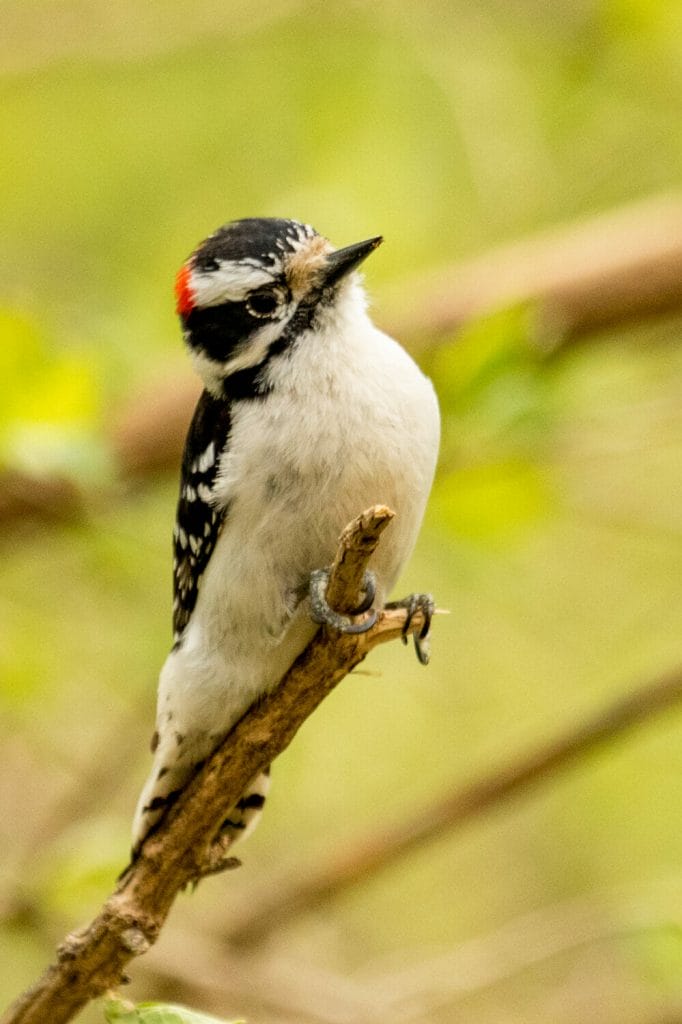

The Downy Woodpecker is a common but tiny resident of wooded areas across the state. It has black and white plumage and the male has a red crest at the back of the head. It is particularly easy to identify in the field by its small bill, partially obscured by hairs.
The length of the Downy Woodpecker is 5.5 – 6.7 inches and it has a wingspan of 9.8 – 11.8 inches. It weighs an incredibly small 0.7 – 1.0 ounces, less than a slice of bread.
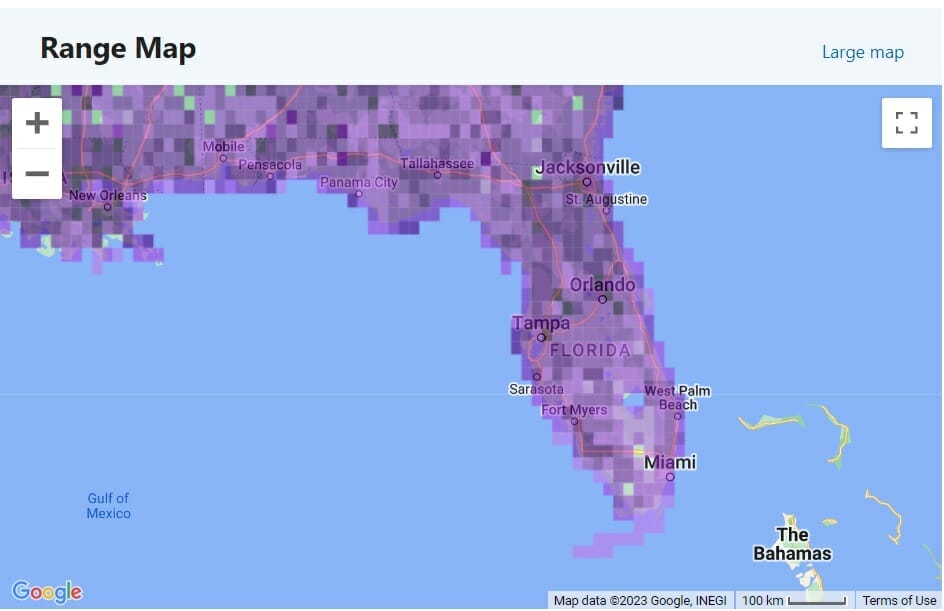
The Downy Woodpecker is common across Florida and can be seen in rural areas as well as at backyard bird feeders. Present all year round.

The Downy Woodpecker will eat insects and vegetation. It prefers larvae, weevils and ants, specializing in digging them out of holes and crevices in bark. Fruit, grain and other vegetable matter are favored as well as suet from backyard feeders.
These woodpeckers do not peck as commonly thought. They dig for grubs in the bark. Any pecking sounds are their way of communicating as if through song.
Northern Gannet (Morus bassanus)
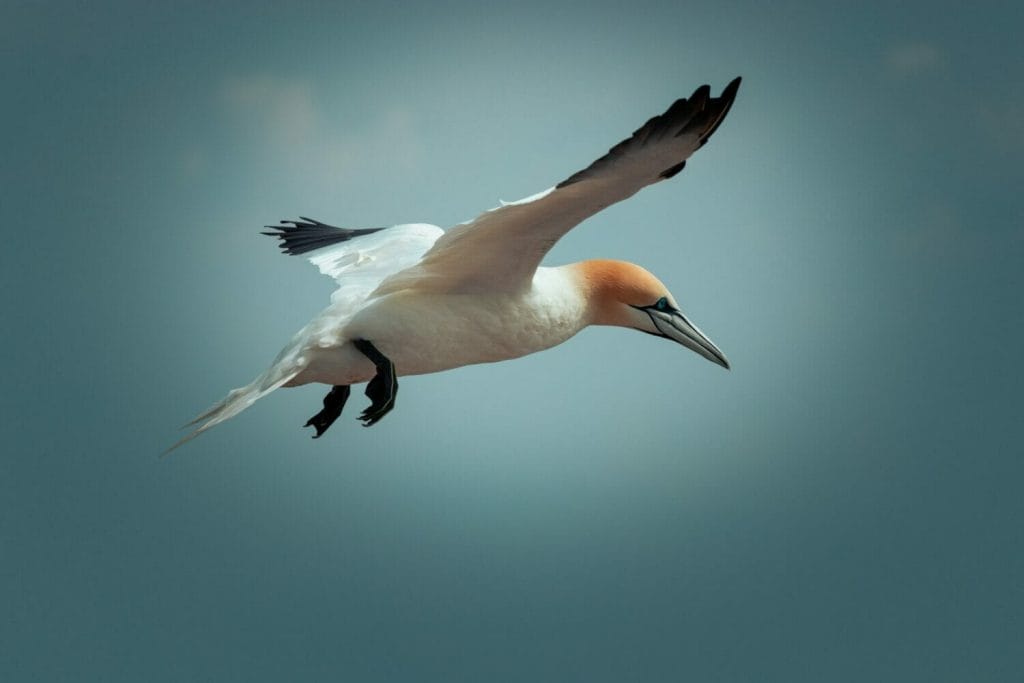
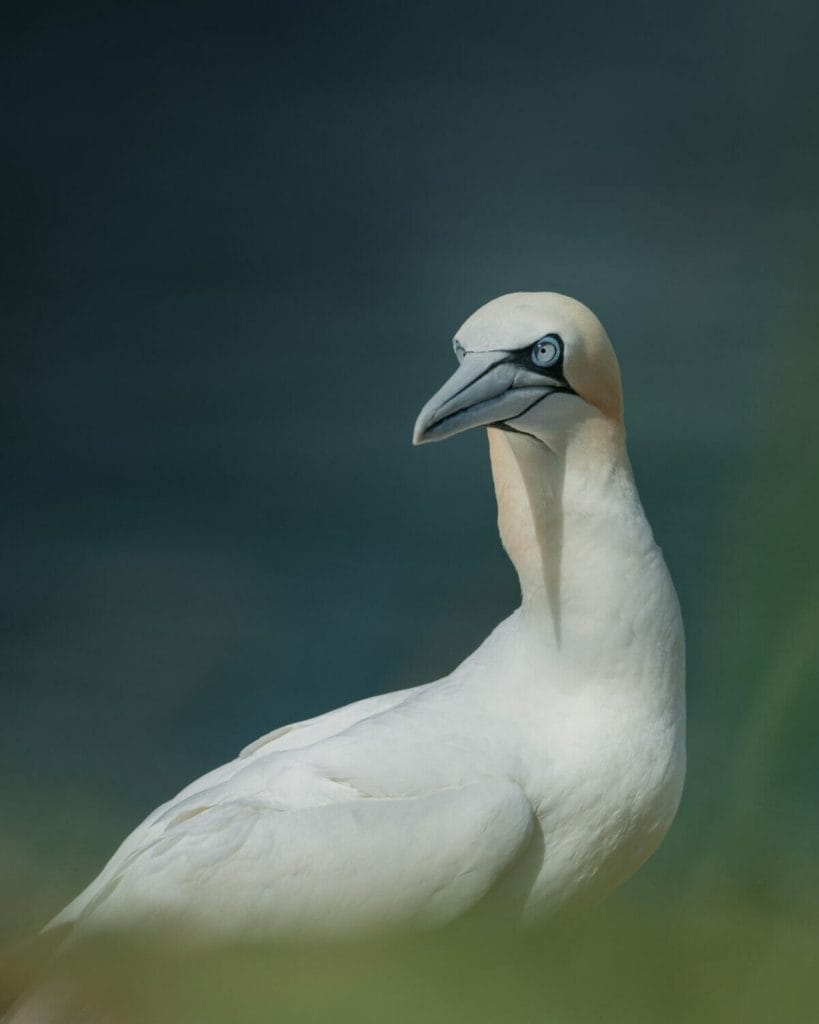
The Northern Gannet is a large seabird, usually seen from the shore as it flies along the coast. Its white plumage is complemented by black wing tips and an orange head and neck. As it flies, the body is often seen at an upward angle and so can be identified from some way off. It is mostly seen flying alone.
The Northern Gannet is 36.8 – 43.3 inches long and its wingspan is 70.9 – 72.4 inches. It weighs between 87.1 and 122.4 ounces, about the same as a house brick.
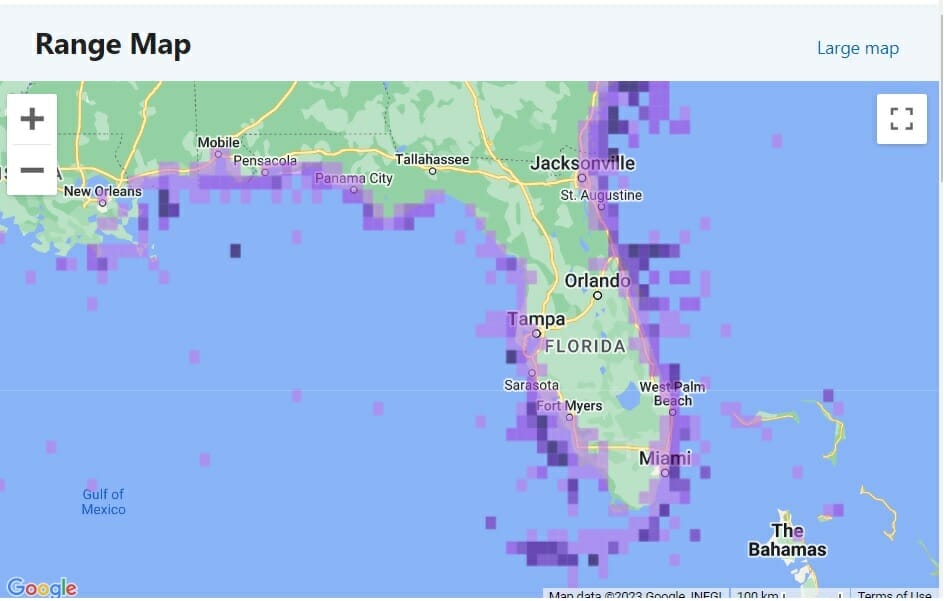
The Northern Gannet is a seabird but can been seen from land. It rarely flies over mainland areas but as the Florida peninsula is so narrow, this may be why there are more records further inland.
The Northern Gannet feeds on fish and squid, searching out schools that it can dive into.
While they mostly dive to a fairly shallow depth, this gannet is very powerful and can dive as far down as 72 feet.
Bald Eagle (Haliaeetus leucocephalus)
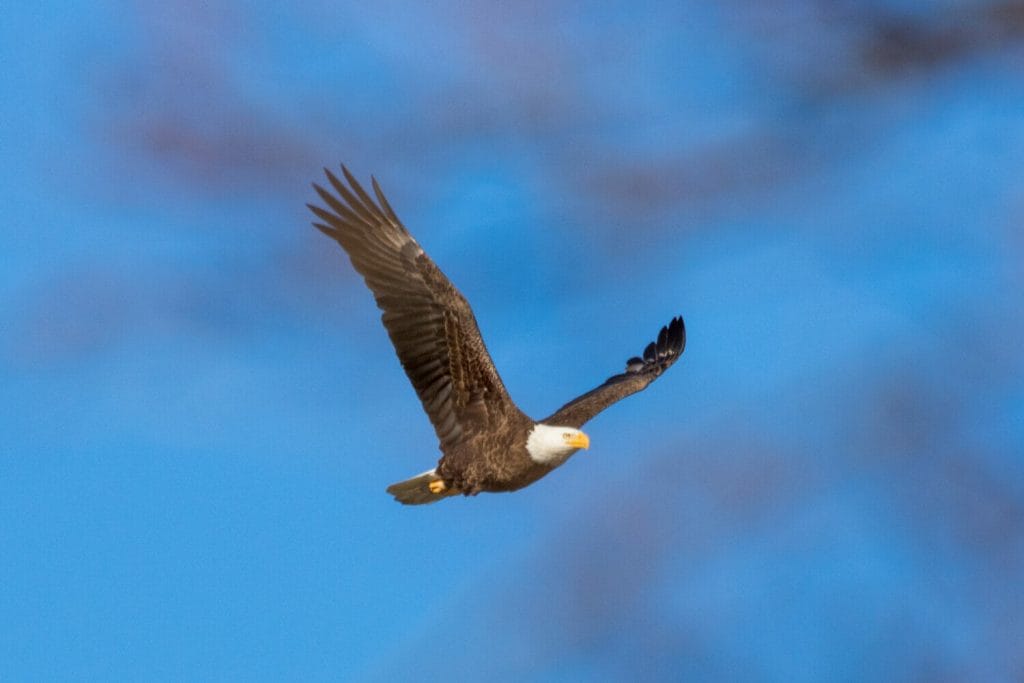
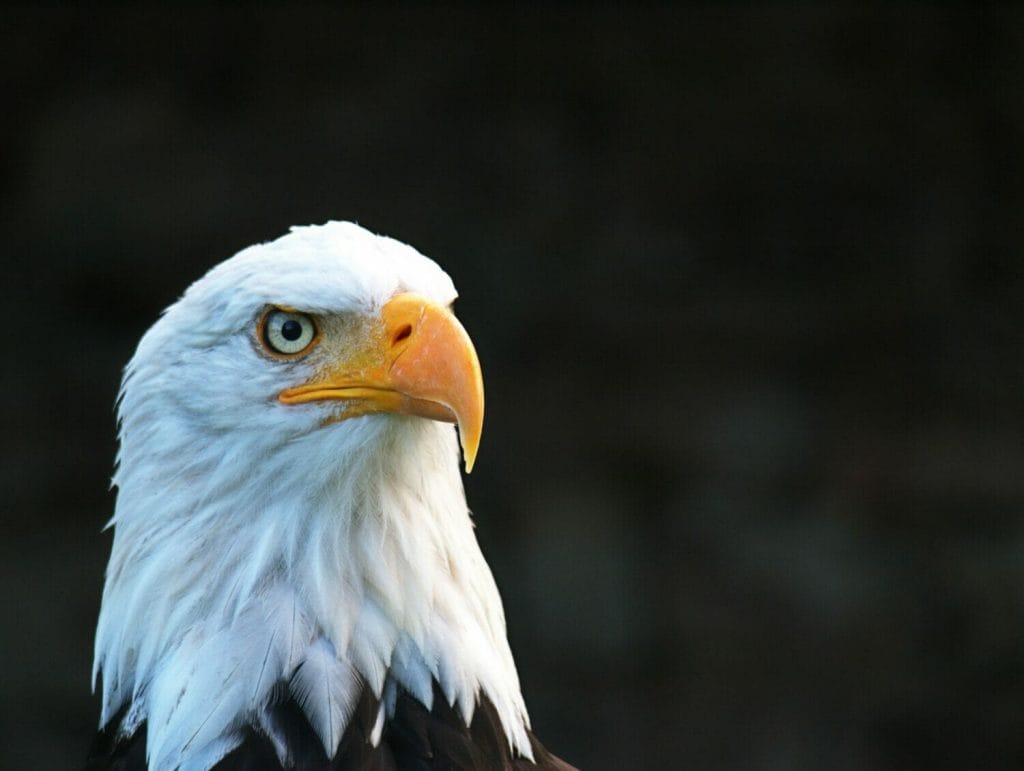
The American national bird is so iconic with stunning plumage and an abililty to fascinate, transcending bird watching along. Adults are easily identifiable with dark bodies and white tail and head. The bright yellow bill completes the picture. Juveniles are dark brown with white blotches but the sheer size is a give away.
Male and female birds are the same weight and size starting with an enormous wingspan of 80 inches, which is around 2 meters. Their length is 27.9 – 37.8 inches and they weigh between 105.8 and 222 ounces, which is only the weight of an average house cat.

Bald Eagles are present throughout Florida, all year round. They breed close to water, so the state is an ideal location for them.

The Bald Eagle has a wide variety of preferred food. They will take fish that are near the surface or dead ones on the surface of the water. They will hunt live waterfowl and have been known to try to take birds as large a Canada Geese. Lastly, they will take a range of animals killed on the road.
Young Bald Eagles explore the U.S. in their first few years. They can fly hundreds of miles a day and cover the entire country in their wanderings.
American White Ibis (Eudocimus albus)
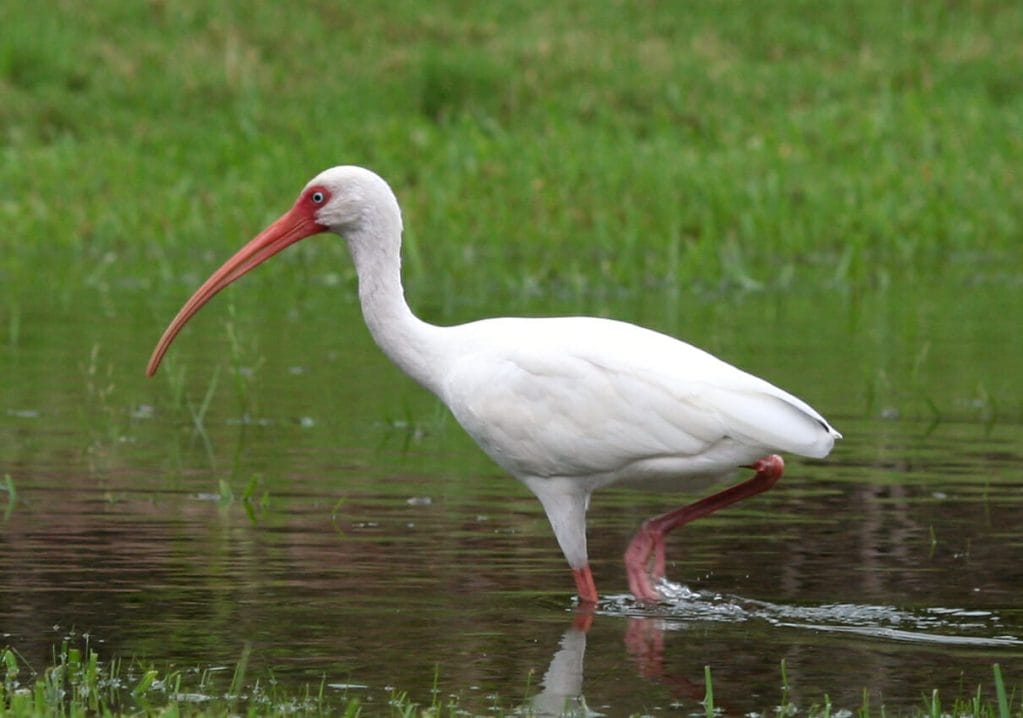

The American White Ibis is a large white wader with black wing tips and startlingly pink/red legs and bill. It always looks rather surprised. Young birds start off dark and slowly lose their brown patches into a brilliant white.
The White Ibis has a wingspan of 35 to 41 inches and length of 21 – 28 inches. The weight for males varies from 30.7 to 44.4 ounces and the female is 20.9 – 30.3 ounces.
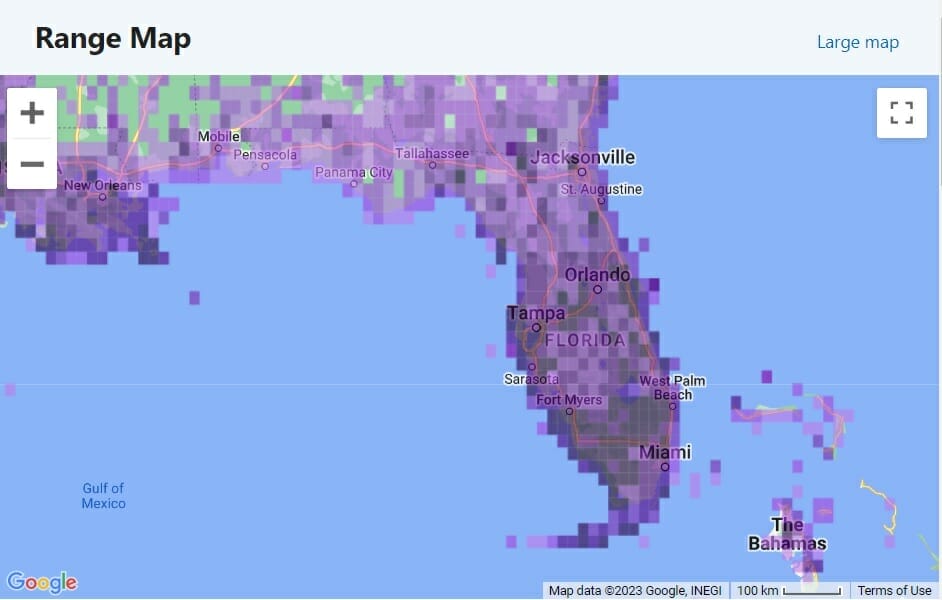
White Ibis are abundant in Florida, preferring salt marshes and wetlands but they have adapted to humans and are seen in urban areas scavenging. Present all year round.

White Ibis prefer aquatic insects, fish and crustaceans. Their long bill gives them a lot of flexibility and therefore, choice. They have even been known to take snakes.
Ibis hatchlings are born with small, straight bills. It is only after a couple of weeks that the bills begin to curve downwards.
Sanderling (Calidris alba)
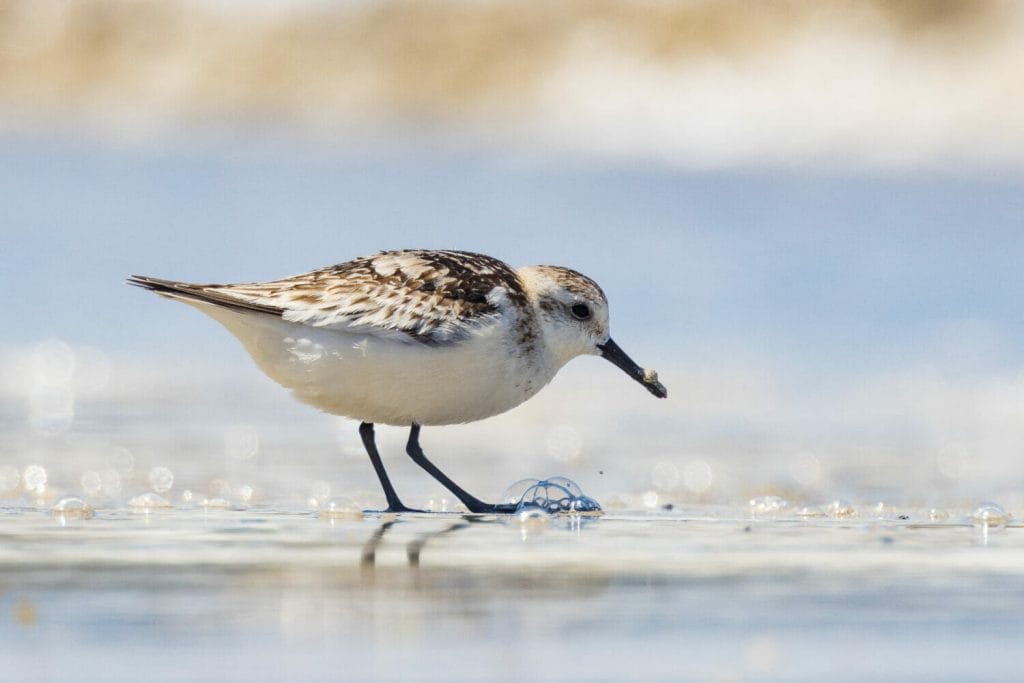
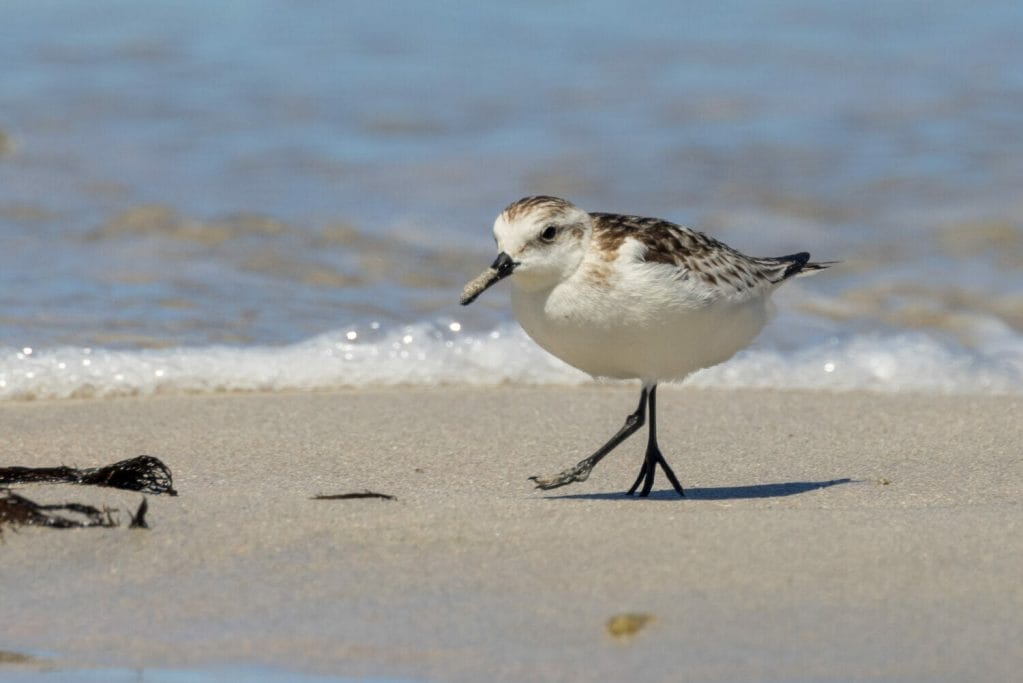
Most waders look rather dull in non-breeding plumage, a confusing blend of white and greys that make identification difficult. The Sanderling is different and, to my mind, more stunning in non-breeding plumage than in full colour. I think it must be the brightness of the white contrasting against a darker gray/brown.
The length of the Sanderling is 7.1 – 7.9 inches and the wingspan is 13.8 inches. It weighs a tiny 1.4 – 3.5 ounces, the same as 2 – 3 disposable pens.
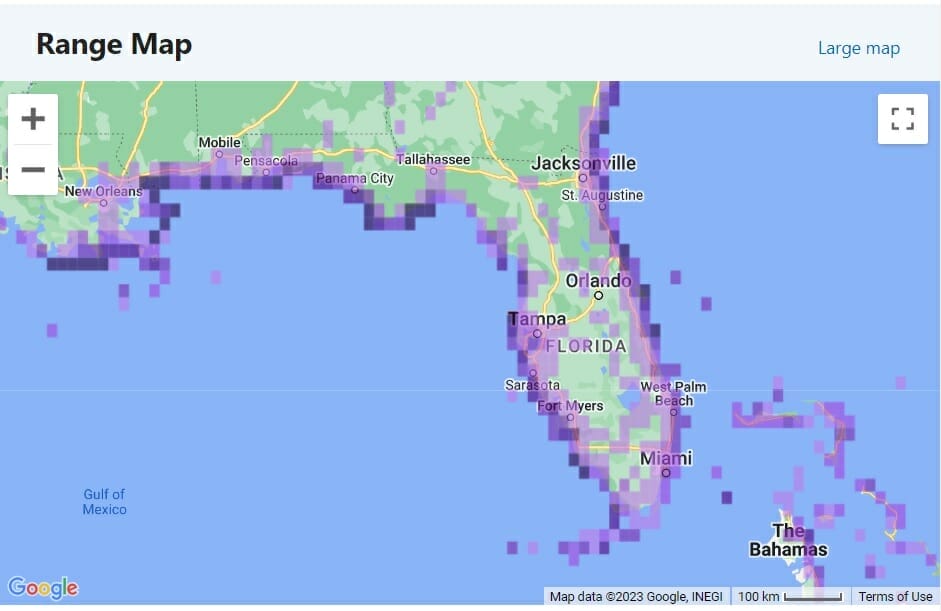
As the eBird range map above shows, the Sanderling can be seen all around the coast of Florida and at times inland, presumably because of the amount of water and thinness of the peninsula. It can be seen all year round, with a dip in sightings during the summer months when some head north to the Arctic for breeding.

As the Sanderling is so widespread, it has to be adaptable and it certainly eats a wide range of food. In the Arctic, it eats small insects – flies, larvae and even spiders. When that is not available, it will turn to plant matter. Further south, when on migration, it will comb sandy beaches for small invertebrates, insects and crustaceans.
Found across the globe on sandy beaches, the Sanderling is one of the most widespread of shorebirds.
Wood Stork (Mycteria americana)
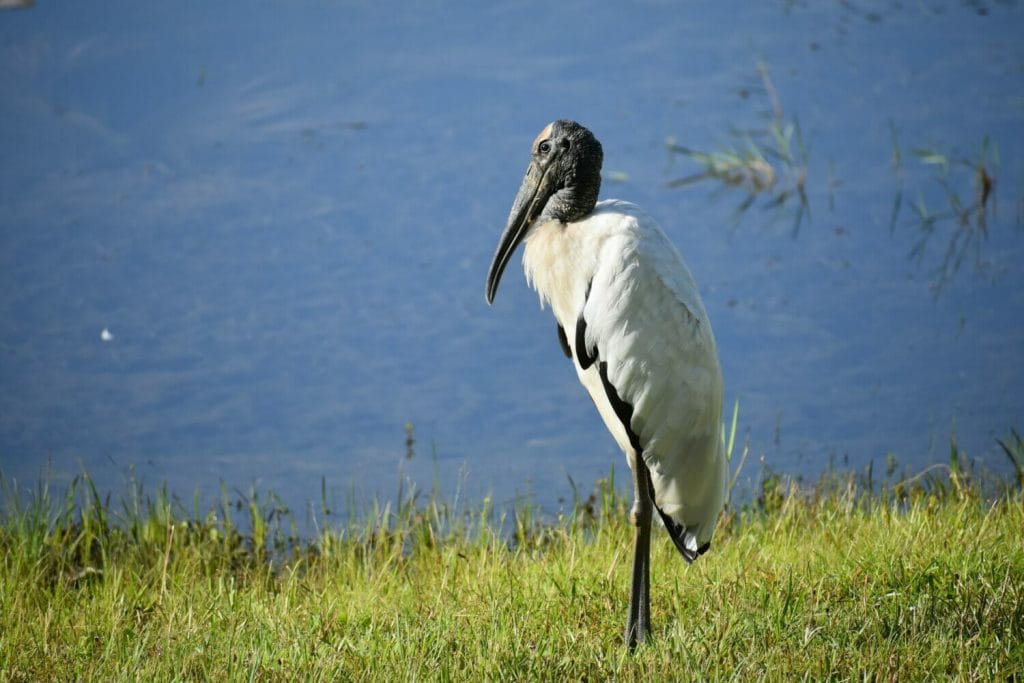
The Wood Stork is a large waterbird, as tall as the Great Blue Heron, with a white body and black fringe on the wings. The legs and head are black and the bill is very thick. Its neck and head are bald, somewhat reminiscent of a vulture.
This large stork has a wingspan of 59.1 – 68.9 inches, around 1.5 meters. The length is 33.5 – 45.3 inches and it weighs between 72.3 and 93.1 ounces, which at around 5 pounds, is quite heavy.
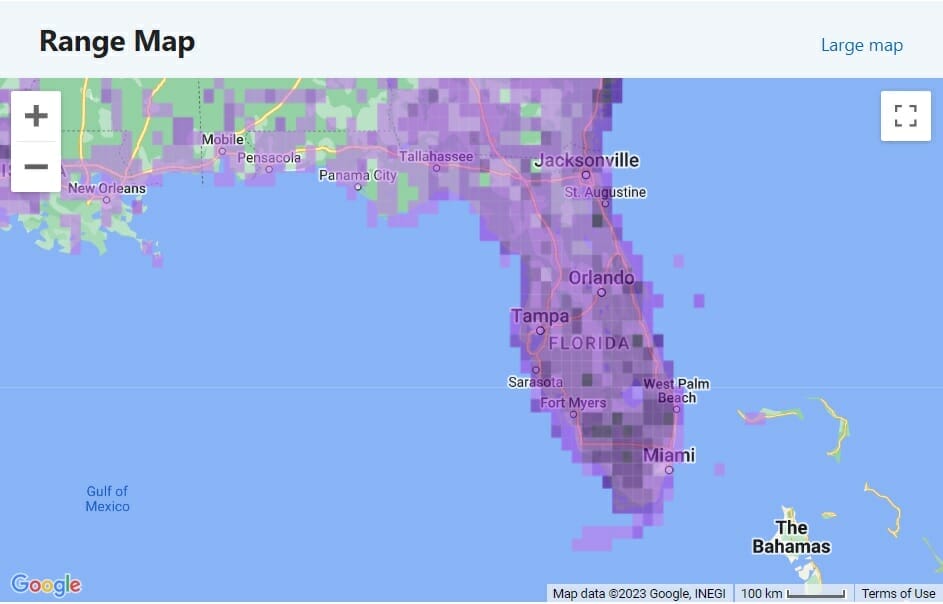
The Wood Stork is resident in Florida and can be seen across the state, all year round. As the distribution chart from eBird shows below, sightings peak during the winter months.

The main diet of the Wood Stork is fish but it will also eat insects, crustaceans, small birds and reptiles.
The Wood Stork has a creative way to keep its exposed chicks cool by regurgitating water over them. A sort of portable cold shower!
Swallow-tailed Kite (Elanoides forficatus)

The Swallow-tailed Kite is a unique and very distinctive raptor, making an incredible silhouette against the sky. The bright, white body, tail and wings are lined by dark gray. The tail is deeply forked. Its aerobatics are something to see.
At over a metre, the wingspan is large – 48 inches. The length is between 19.7 and 25.2 inches. It weighs a very light 13.1 – 21.2 ounces, which is somewhere between a football and basketball.
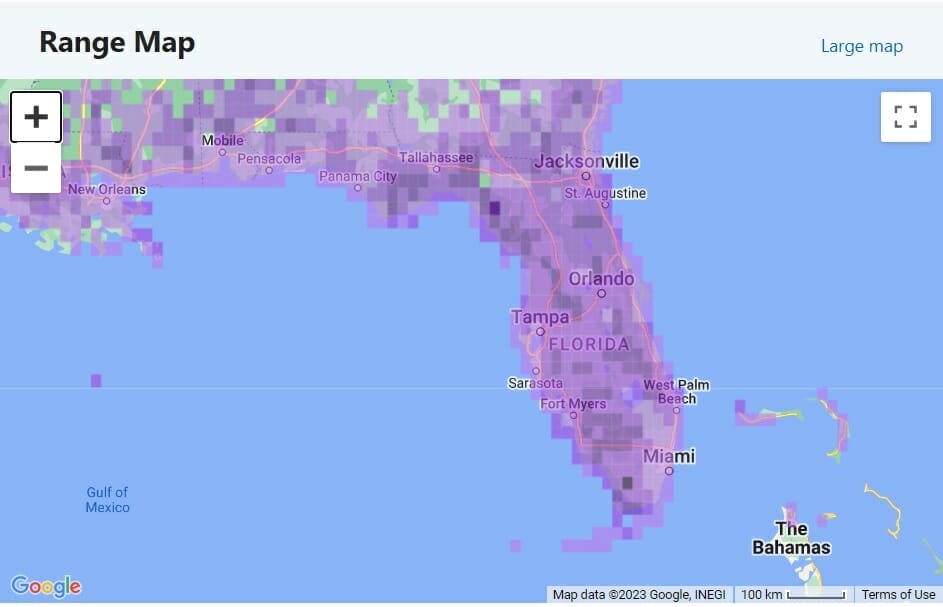
The Swallow-tailed Kite can be seen in the spring and summer across the state of Florida.

The main diet of the Swallow-tailed Kite is insects caught on the wing. It will also take ants, wasps, frogs and hatchlings in nests.
Part of this kite’s diet are wasps and it has been known to take chunks of a wasp nest back to its own. There, it will eat the wasps and larvae and then absorb the nest material to improve its nest.
FAQs
Most probably you are seeing a Great White Egret. We chose the Snowy Egret for our Top 10. The Great White Egret is larger and moves more slowly and carefully.
It depends on the time of the year but these could be non-breeding Snowy Plovers, Sanderlings or other sandpipers.
Most likely, this is the Carolina Chickadee. It has a black cap and breast with stark white patches on the the cheek.
The Snowy Egret has more visible plumes than other egrets, probably because it moves around so much. The plumes make it look fluffy.
My favorite birds on this list have to be the Sanderling and the Snowy Egret. The Sanderling for its bright non-breeding plumage and the egret for its character. Let us know in the comments which bird is your favorite.




